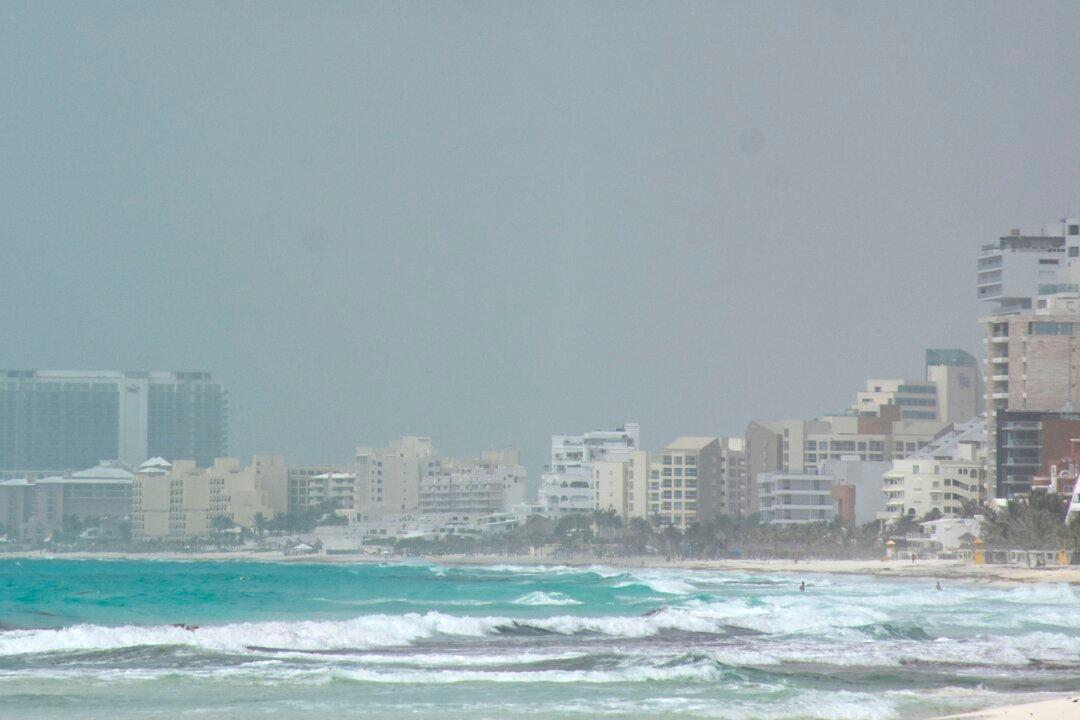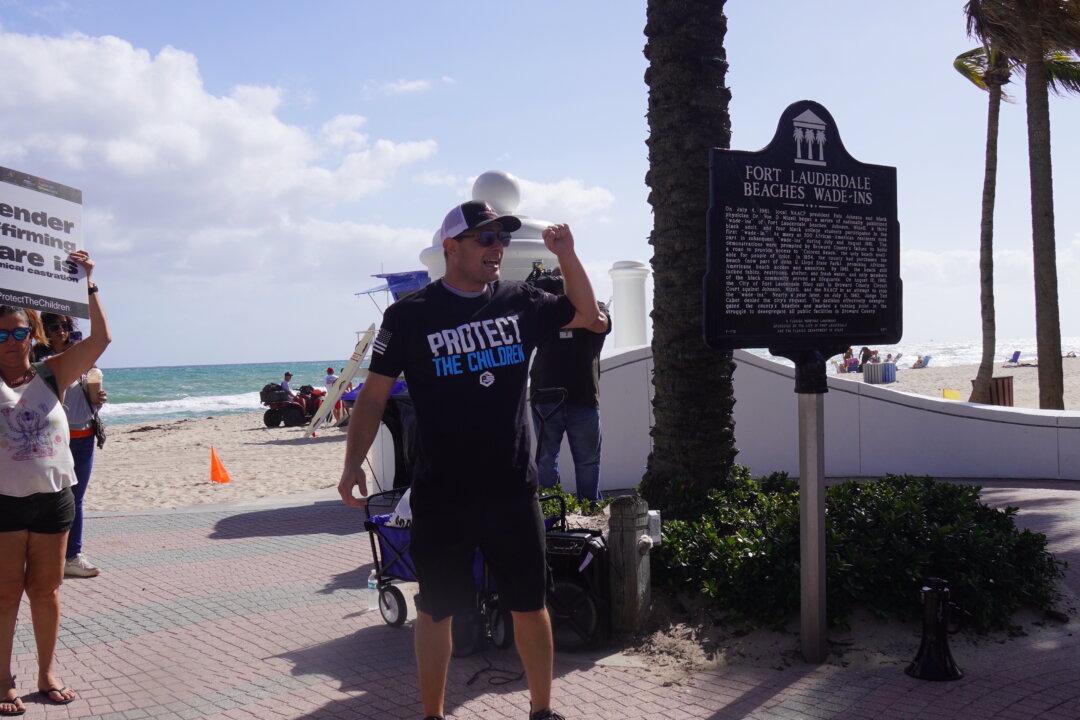
View of a cloud of Saharan dust over a beach in Cancun, Quintana Roo state, Mexico, on June 25, 2020. Elizabeth Ruiz/AFP via Getty Images
PUNTA GORDA, Fla.—The new hurricane season in Florida has been quiet so far in 2022, with the tropics seemingly sleeping at the moment.
Forecasters are predicting no tropical development for the next 10 days and that may be attributed to a phenomenon known as Saharan Dust.




